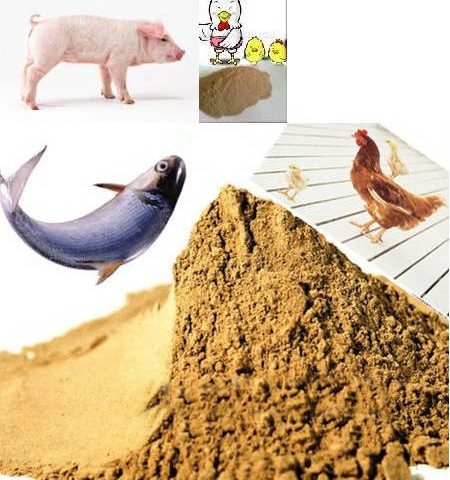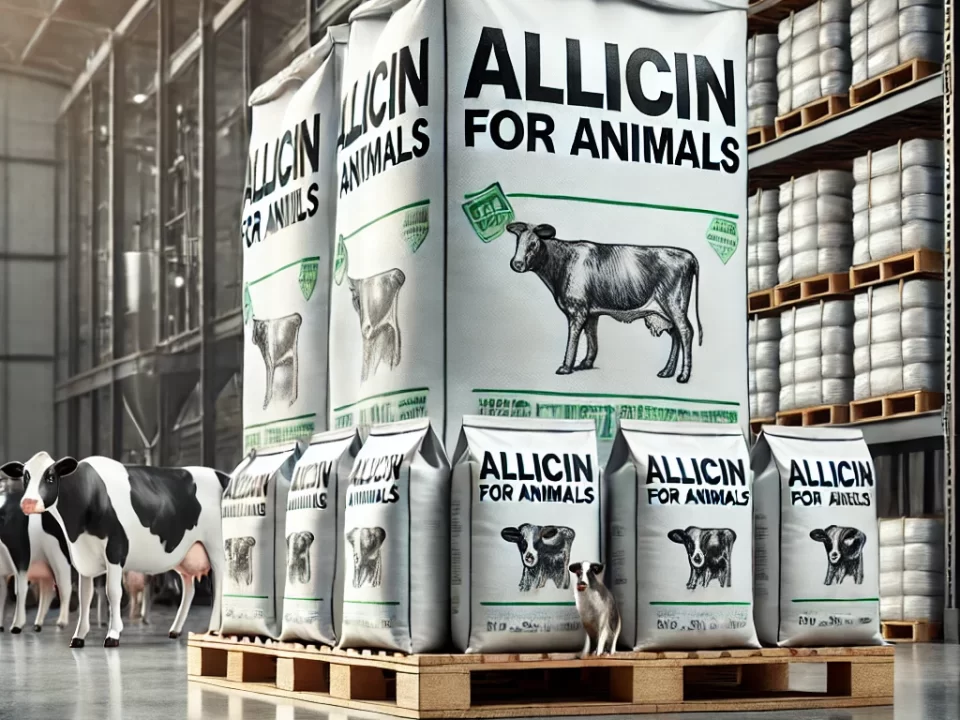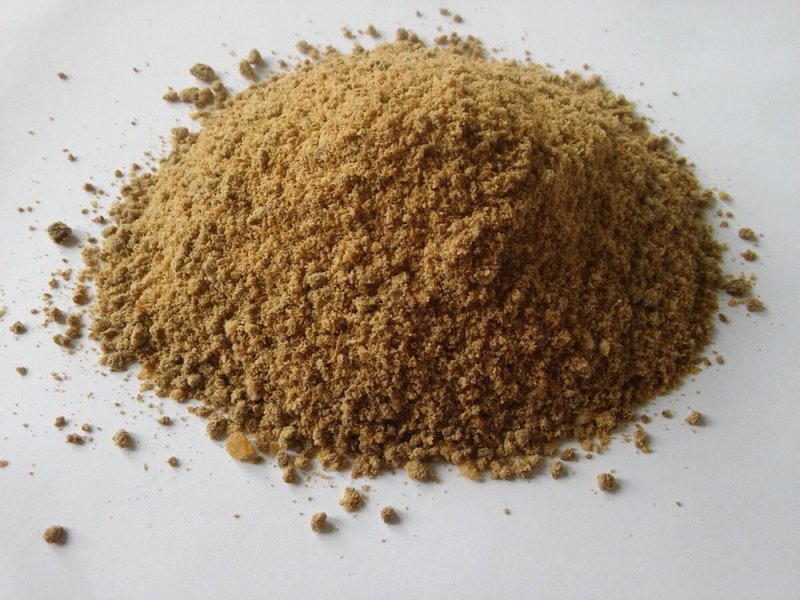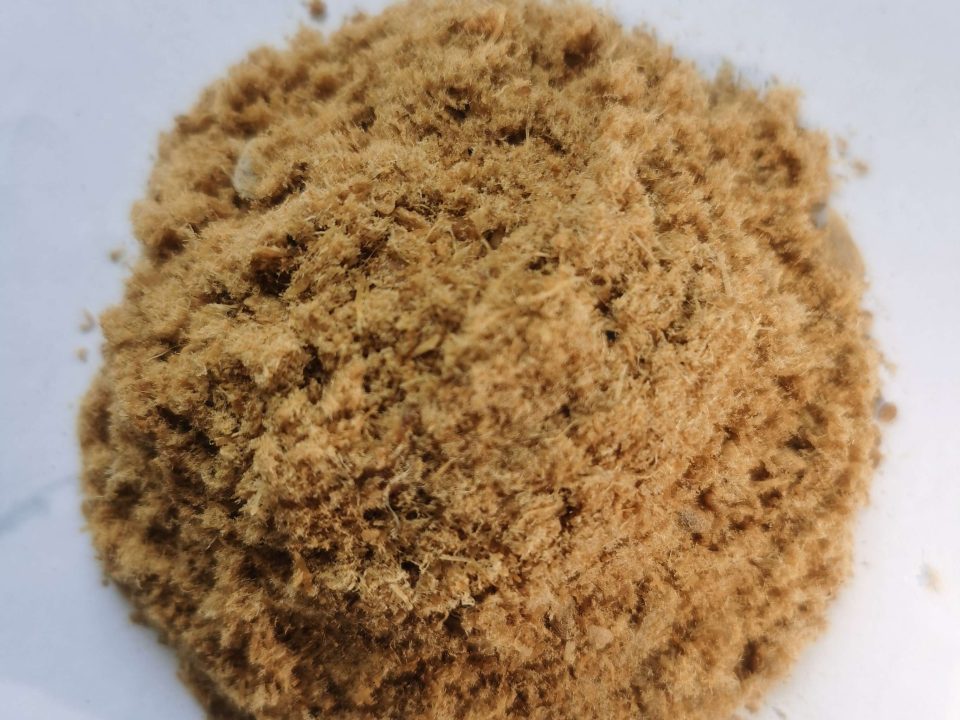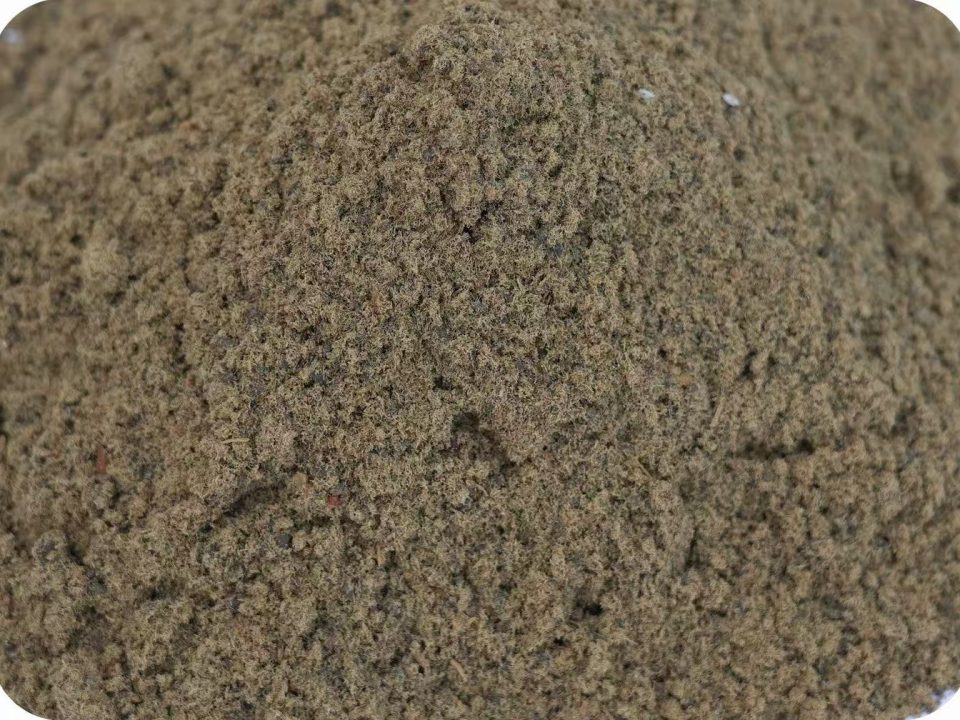Feed additive : choline chloride ,DCP/MDCP , betaine HCL classifications and guideline

65% Protein Corn Gluten Meal, poultry feed grade
November 17, 2016
pure natural Garlic Allicin Powder 25%,animal feed additive
November 24, 2016Feed additive is a kind of small amount of materials which included the feed production procedure, the dosage in feed is few however it is provided with substantial results, feed additive is needed to be utilized in the modern-day feed market which to reinforce the fundamental feed nutrition worth, it has distinct effect for improve animals efficiency, ensure the animal health, save feed costs, enhance quality of animal products, there are usually 5 groups for feed additive classification
1. Technological additives
This category describes a group of ingredients which affects the technological aspects of the feed. This does not straight influence the nutritional value of the feed but might do indirectly by enhancing its handling or health attributes, for instance. An example of such an additive would be an organic acid for preservation of feed.
2. Sensory additives
This refers to a group of ingredients which enhance the palatability (i.e. voluntary intake) of a diet by promoting cravings, typically through the impact these products have on the flavour or colour of the diet. A vanilla extract may well encourage piglets to consume a provision.
3. Nutritional additives
Such additives supply particular nutrient( s) needed by the animal for optimum growth. An example would be a vitamin, amino acid or trace mineral. In most cases, such additives are just concentrated forms of nutrients supplied in natural components in the diet.
4. Zootechnical additives
These ingredients improve the nutrition status of the animal, not by supplying specific nutrients, but by allowing more efficient usage of the nutrients present in the diet. An example of such an additive would be an enzyme or direct fed microbial product, both which improve the conditions of the intestinal system, thus enabling more effective nutrient extraction from the diet. In this respect they are typically referred to as pro-nutrients, ie products which improve the dietary worth of a diet plan without always providing nutrients straight. Other additives are utilized for environmental benefits that they provide to animal husbandry and others are targeted for specific physiological functions.
5. Coccidiostats and Histomonostats
These products are used to control digestive tract health of poultry through direct effects on the parasitic organism concerned, they are not classified as antibiotics.
Some posts are refer to EU feed additive and premixtures association
Safety and efficacy
The regulation (EC) No 1831/2003 demands evaluation of additives for safety and efficacy before entry into the European feed additive register. Until this EU announcement all plant derived products currently available in the EU were premixtures of botanicaldefined compounds that are registered solely as flavouring substances. This allowed manufactures to only make claims based on feed palatability and intake. Animal health and performance claims were forbidden in the absence of documented proofs, and registration as a zootechnical additive. Feed additives are divided into groups,by function and effect:
- Technological: Substance added to feed for technological purpose, e.g. emulsifiers, anticaking agents
- Sensory: Substance which improves/ changes organoleptic properties of the feed or visual characteristics of the food derived from the animals, e.g. colorants or flavourings
- Nutritional: e.g. vitamins, trace elements
- Zootechnical: Additives which favourably influence the performance of animals in good health or the environment, e.g. digestibility enhancers
- Coccidiostats and histomonostats The classification of feed additives into these groups is clearly connected to the beneficial claims that can be made by the authorisation holder.
Feed additives and how they can be classified
The market has plenty of feed additives, making it typically challenging to identify which does exactly what and to exactly what degree helpful effects on animals have actually been checked, attempted and looked into. The European Commission plays its own function in this respect by classifying all ingredients for their function and quality.
The main factor for the re-organisation of the European Food and Feed legislative and the approval of the utilized feedstuff and feed ingredients is customer safety and the defense of our environment. Additives might just be used if they are assessed by the EU Commission, approved and listed in the Register of Feed Additives pursuant to guideline (EC) No 1831/2003. In lots of cases, the feed prescription antibiotics have been changed by the usage of various prescription antibiotics that are utilized for healing purposes.
To make sure the success of animals production even without feeding prescription antibiotics, innovative services in the avoidance and optimum management are required. Phytogenic feed ingredients are plantderived, natural, botanical compounds, made up of spices, herbs and extracts.
http://www.pigprogress.net/Special-Focus/Alternative-Growth-Promotion/Delacon/


